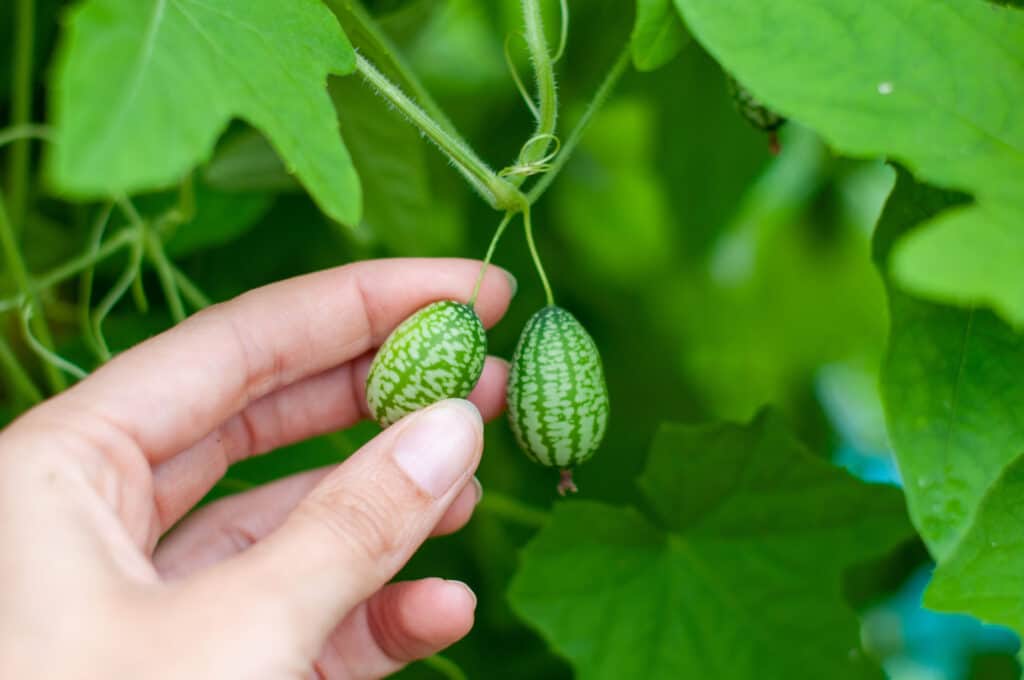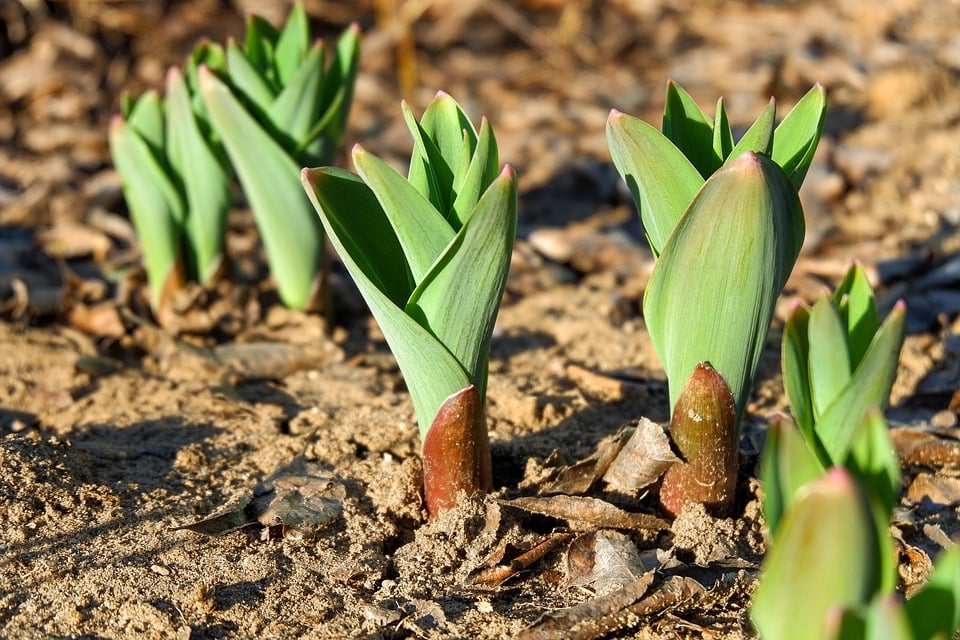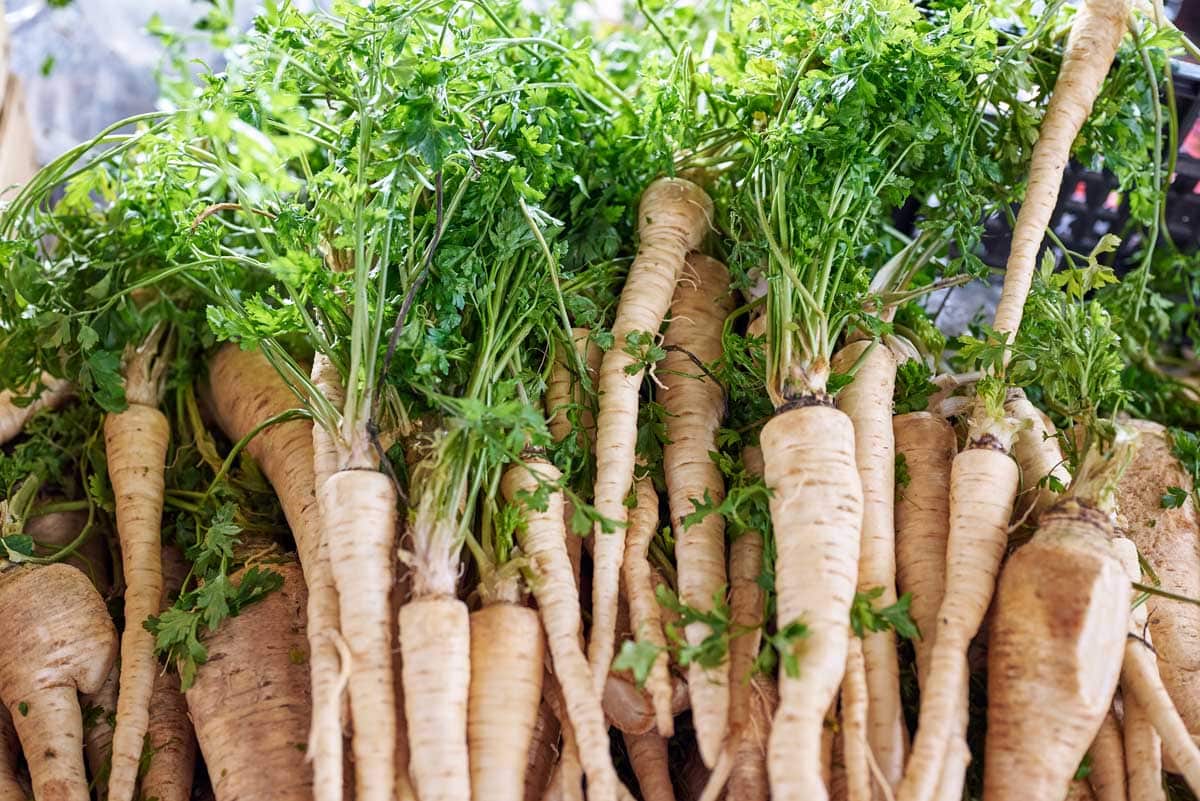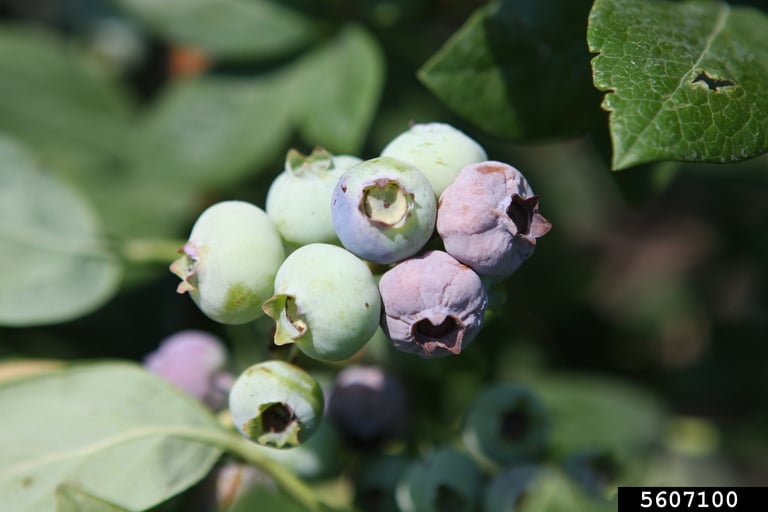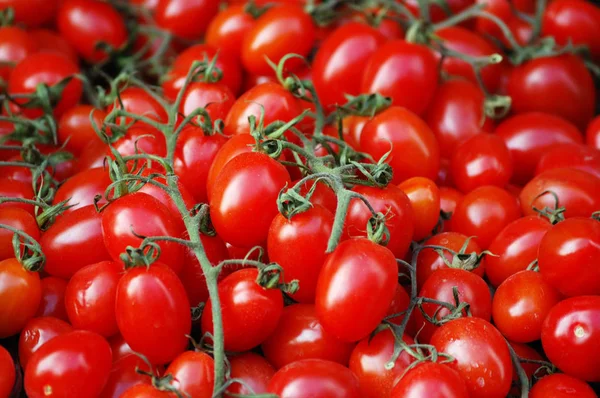How To Plant, Grow, and Care For Brussels Sprouts [UK]
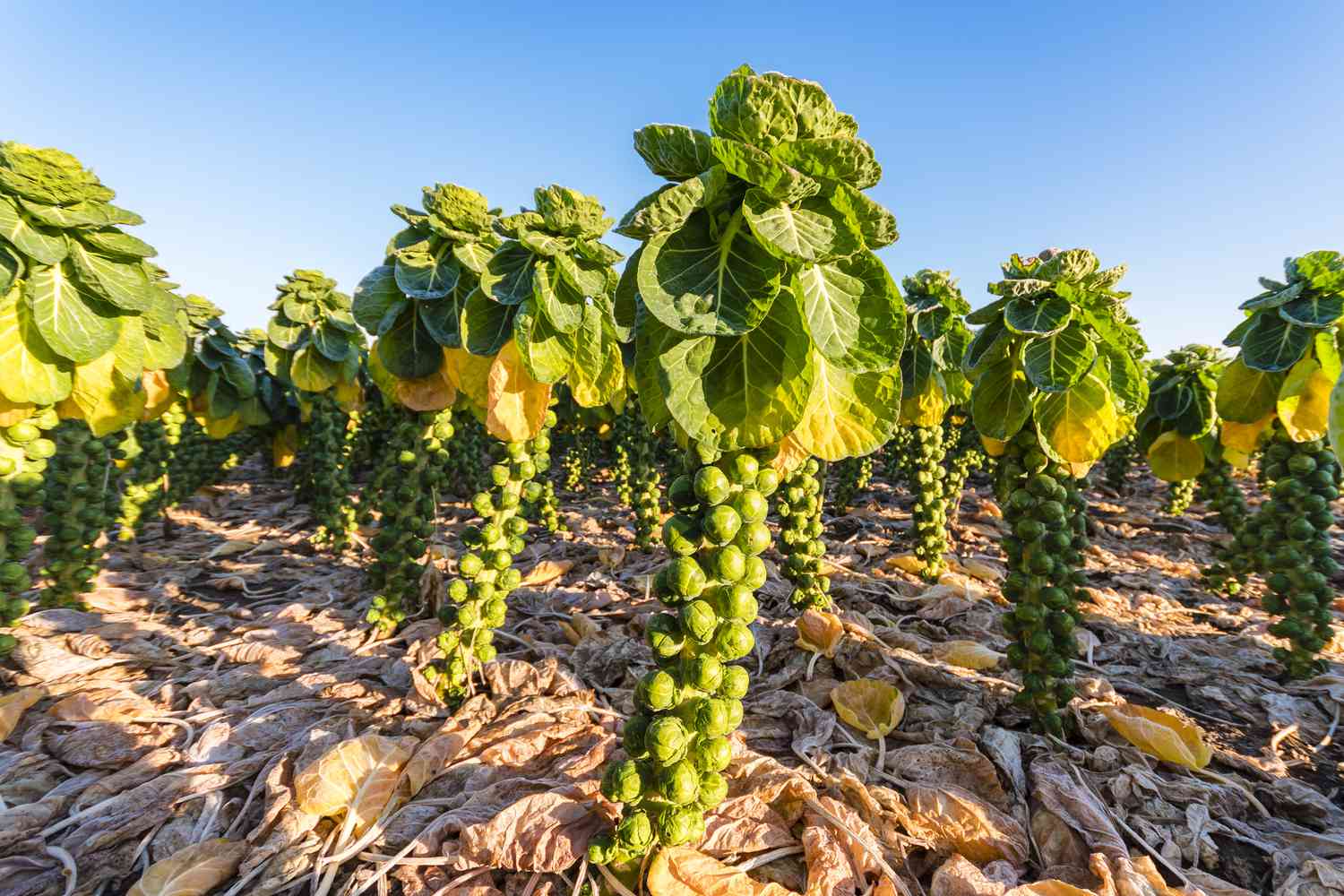
Table of Contents
Brussels sprout has rebounded to our kitchens, and we cannot deny our relentless love for it during the winter season specifically.
However, no more grandmother’s mild and mushy Brussels sprouts are working wonders. Nowadays, home cooks and chefs roast vegetables to make them crispy in the oven or pan fry with bacon and garlic.
The question arises do you really need to purchase Brussels sprouts at the store? Not at all. Yes, you heard it right. They are so simple to grow, which is worth your rigorous efforts and space and saves you money.
Brimming with Vitamin K, fibers, and Vitamin C, these balls of green can be quickly roasted, boiled, steamed, and fried as per your preference. You can enjoy it as a salad or a crunchy snack.
Get to know how to grow Brussels sprouts uk and harvest them in your garden in early spring to mid to late summer.
What Are Brussels Sprouts?
Brussels is a winter vegetable giving fresh and nutritious harvests growing slowly. This vegetable is broadly used in many dishes, with contemporary varieties having great flavour.
A member of the cabbage or brassica family is very hardy and crops properly during the coldest time. Also, sprouts have the sweetest taste when harvested after being frosted.
Brussels creates huge plants up to 1 m 3 feet tall with a strong stem and leafy top enveloped in tiny rounded purple or green sprouts. They take time to mature, propagate from early spring, and are full-fledged and ready to harvest from autumn to late winter based on the sowing time and variety. Although plants take up much space for a huge part of the year, you do not require many as they must crop well, giving fresh harvests during winter.
Thus, why not give it a try to grow your sprouts? New varieties have a nutty, mild, and sweet flavour. Freshly picked sprouts are full of health-boosting nutrients. Enjoy them sauteed, lightly steamed, or stir-fried in every type of dish.
How to Grow Brussels Sprouts in the UK?
1. Select the Variety
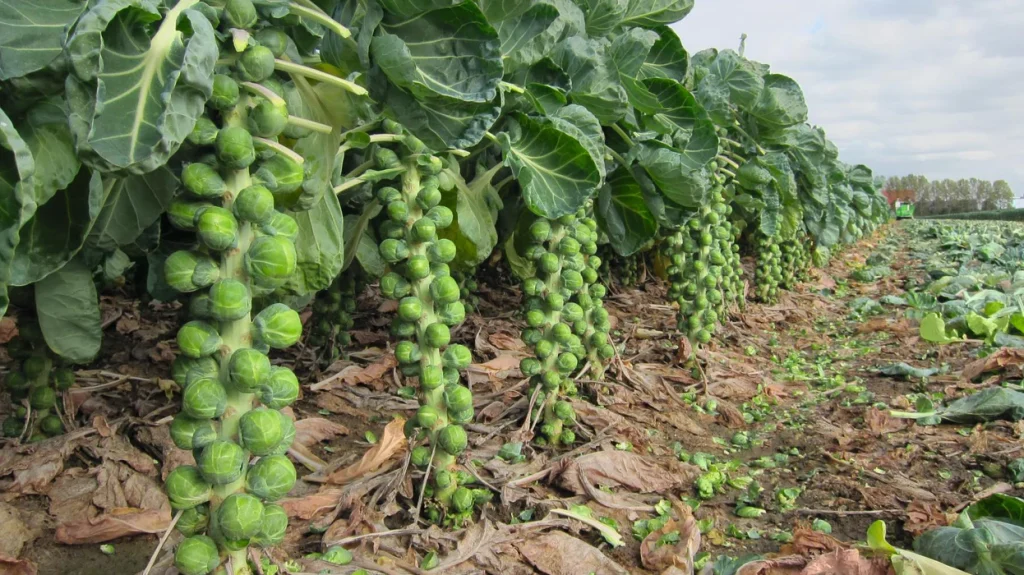
There are more than 100 varieties that you can select from Brussels sprouts and a kale/sprout hybrid called flower or palettes sprouts. For huge crops of top-quality and tasty sprouts, you must pick F1 hybrid varieties.
Sprouts are well-known for their bitter taste, but modern varieties have types known for their great sweetness and flavour. Especially varieties that hold an RHS Award of Garden Merit(AGM) as RHS professionals have tasted and approved them of having a mild flavour. You must look at AGM fruit and vegetables RHS-suggested varieties of Brussels and numerous crops.
There are mid and late-season kinds of Brussels. Therefore, if you have sufficient space, you can invest your time harvesting from autumn to late winter.
Remember, a single plant can generate a huge crop for many months. So, you just need some plants.
Brussels has dense varieties which are suitable for small gardens, windy locations, and containers. They can differ in colour, so if you need a change from the conventional green, you can switch to eye-catching purple varieties like Falstaff and Rubine. Few types can give resistance to clubroot diseases, whereas others are appropriate for full sun and partial shade.
You can observe the variety of crops, such as Brussels sprouts and other brassicas, in the vegetable plots at the RHS gardens. Therefore, pay a visit to the above link to diversify your knowledge of how they are grown, evaluate the varieties, and take tips.
2. What and Where to Purchase
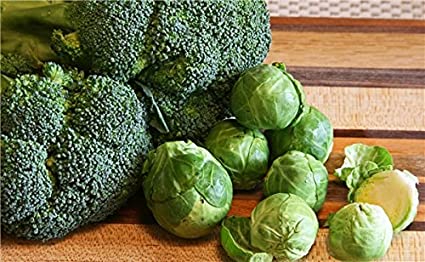
Brussel sprout seeds are accessible at online gardening retailers and garden centres. Young plants are available in early summer and spring from similar sources, but the selection of varieties is less. Always buy bright green Brussels sprouts that are solid and heavy in size. The leaves must be tightly packed. Do not go for Brussels sprouts with yellow leaves or black spots, as it signifies fungus. Small Brussels sprouts are normally sweeter and more tender than huge ones.
3. Prepare the Ground
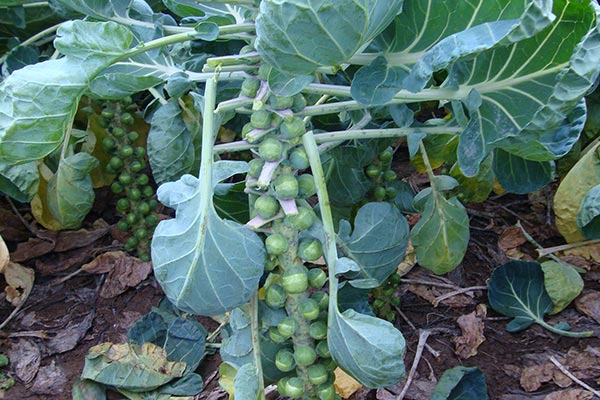
Brussels sprouts grow at a sunlit location in fertile soil. They produce tall plants; hence pick a shady spot in which strong winds do not affect them. If your soil is sour, apply lime to increase the pH to 6.5.
If not, ensure to do the soiling properly. After that, collect a high potassium general fertilizer like Vitax Q4, about three handfuls per square meter/yard.
4. Sow
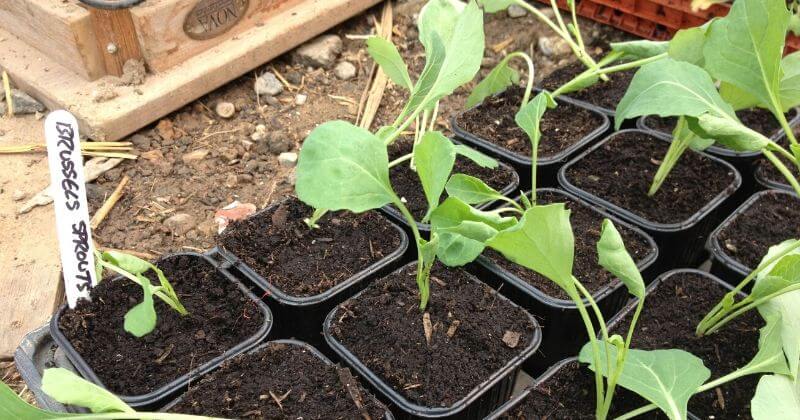
Brussels requires a huge growing season. Therefore, initiate sowing early indoors or outdoors in containers. Sow early, mid-season, and late to give harvests for the huge period. Brussels sprouts are brassicas. Henceforth, it must be grown with other cabbage relatives in crop rotations to prevent any diseases and pests in the soil.
Sow Indoors
Propagate from February to April for an early crop in trays in a cold frame or a greenhouse.
Shift the young plants outdoors after the final frost once they are 10 cm 4 inches tall into their ultimate growing position.
Sow Outdoors
Propagate seeds from March till May into the ready ground under fleece or cloches if the weather is chilly.
Brussels are conventionally propagated in an individual seedbed, not in the primary vegetable plot. Afterward, they are relocated in early summer. This factor is due to the fact that the plants take time to grow and require space during the spring season.
When you sow in a seedbed, sow the seeds sparsely 1–2cm (½inch) deep, in rows 15cm 6inch apart. Thin the seedlings to 7.5cm (3 inches) apart after they are huge to manage and eliminate weak ones.
If you sow in their last position, sow above or sow a plethora of seeds at a distance of 60 cm to prevent transplanting. Then thin the clusters to keep the strong seedling at every point.
Besides that, if you see any issues in club root, sow in huge containers of multi-use compost and select short varieties. Secure seedlings from snails and slugs.
5. Transplant
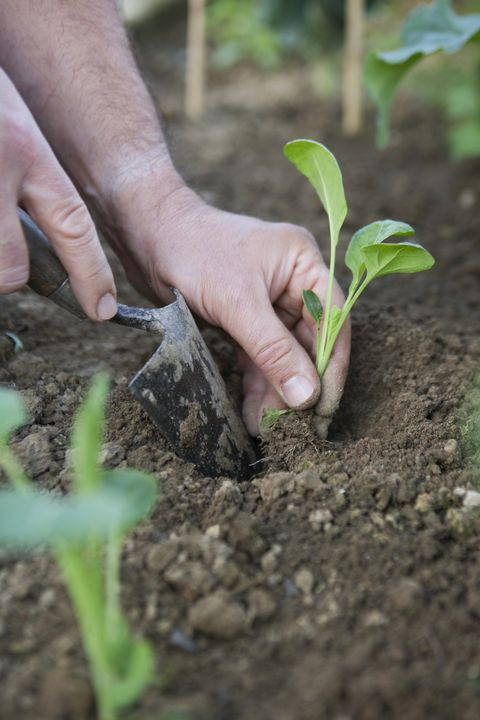
Relocate young plants from their sowing location to their ultimate growing stage when they are about 4-6 inches tall (10-15 cm) from April to early June.
- Water the young plants properly the day before you shift.
- Arrange your site as explained in preparing the ground section above.
- Ensure the soiling is accurate, which will grow into tall plants that must be set in the ground to bear the wintry winds.
- Pick up the young plants properly, and do not pester the roots. After that, settle them in the new plant role, which is deeper than the previous one and has low leaves at the soil surfaces to root effectively.
- Make room for the plants about 2 feet, 60 cm, and 30 inches between rows. This broad spacing is vital to provide plants with enough air and light, which lets them crop fruitfully and prevents fungal diseases. Thus, do not plant them closely.
- Water the young plants regularly, and do not let the soil dry unless they are growing.
New young plants and plants grown from seed indoors must be placed using this approach in early summer after the hardening-off process.
Safeguard plants from snails and slugs and keep a felt cabbage collar surrounding the stem base to avoid cabbage root flies.
6. Brussels Sprouts Plant Care
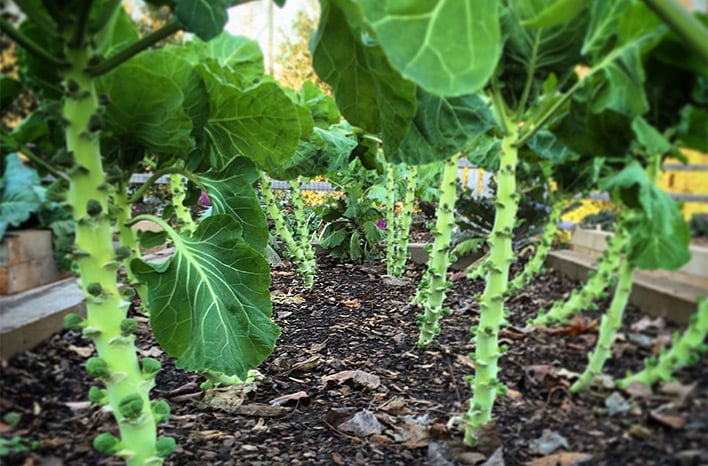
Brussels sprouts need protection from pests such as cabbage butterflies and pigeons, which are best covered with fine-mesh netting. Water whenever the soil dries out and supports taller plants with canes. Feed in summer to boost growth and remove any fading leaves to keep good airflow around the plants.
Water young plants and seedlings daily, and do not let the soil dry out. Then, after they are growing correctly, water them in dry weather and repeat the process for 10 to 14 days, even when there is no rain.
1. Mulch – Apply a solid layer of mulch and garden compost or rotted manure surrounding the plants to conserve moisture and avoid weeds.
2. Feed – Add nitrogen-rich fertilizer like dried poultry manure pellets of 150g/5oz per square meter/yard in July.
3. Weed – Maintain young plants and seedlings weed-free to decrease competition for water, light, and nutrients.
4. Supporting Plants – At the end of the summer, make a heap of soil around the base of the stem to give extra support before the arrival of the autumn gales. Taller plants might require staking with a strong bamboo cane, particularly in open sites. This aspect will prevent wind from disrupting the heavy plants, which can slacken the roots and obstruct growth or blow them.
7. Harvest
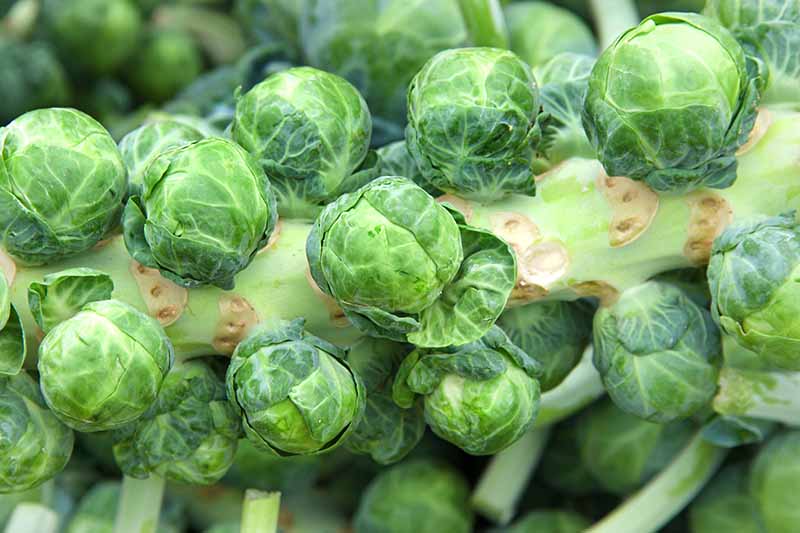
Sprouts are at the base of every leaf stalk. Early varieties must be harvested from autumn. However, the primary cropping season is winter since the flavour of the sprouts is sweeter after they are frozen.
First, choose the lowest sprouts primarily when they are walnut size and tightly closed. Then, cut them with a sharp tug and take some from every plant with the row. Take out the lower leaves simultaneously. Examine plants daily and choose the sprouts eventually. The sprouts will mature more evenly with new varieties, and you can harvest the entire stem.
You need to harvest only some sprouts in cold weather, and you can keep the plants standing and choose the sprouts you require. Few varieties have good “standing capacity” compared to others. Ensure to assess plants and harvest before the sprouts begin to open or convert to yellow.
After cropping, the sprout tops and mild-flavoured young leaves can be harvested, and you can cook them as spring greens.
Sprouts are especially rich in antioxidants, vitamins, and fibre. They can be cooked in several ways, such as roasting, sauteing, and stir-frying. Sprouts are particularly rich in vitamins, antioxidants, and fibre. They can be cooked in many ways, including roasting, sautéing, and frying.
Take care not to overcook them. Also, they are consumed fresh and can be kept in a plastic bag in the fridge for many days. Alternatively, whole stems can be harvested – either stand them in water for a few days or hang them up in a cool, frost-free garage or shed, then pick the sprouts as needed.
Conclusion
Growing Brussels sprouts is a heartwarming experience with determination, patience, and utmost care.
When you follow all the above steps stated above, you can grow your Brussels sprouts plant, from choosing the apt variety and arranging the soil to planting, watering, and accurately fertilizing.
Do not forget to scrutinize your plants for diseases and pests and do something to avoid any problems. Also, you must harvest your Brussels sprouts at the apt time and store them correctly to ensure their nutritional value and flavour.
With effort and regular care, you can enjoy the health advantages of homegrown Brussels sprouts during winter.
Frequently Asked Questions
How Much Time Do Brussels Sprouts Take to Grow?
Sprout will start to grow from the ground after about 80-90 days. Trim the sprouts when they are 1-2 inches in diameter, beginning at the tip of the plant and going up. Leaves will turn yellow as the plants grow.
Do Brussels Sprouts Require Much Water?
You must water brussel sprouts deeply and maintain the soil moisture. Approximately 1-2 inches of water is required every week. Utilize drip irrigation to save water. On top of that, if you apply mulch around the plant, you can preserve soil moisture and decrease weed growth.
How Many Brussel Sprouts Will You Get from One Plant?
In ideal growing circumstances, you might obtain about 50 sprouts for every plant. Brussels sprouts are delicious when they grow in chilly weather, as they have undergone many frosts. The plants will undergo temperatures into the mid-20s.
Are Brussel Sprouts Simple to Grow?
Brussels sprouts are very simple to grow and take up much space in the garden. They should be indoors four weeks before your last frost date. This long-season crop is planted in spring for a fall harvest.

